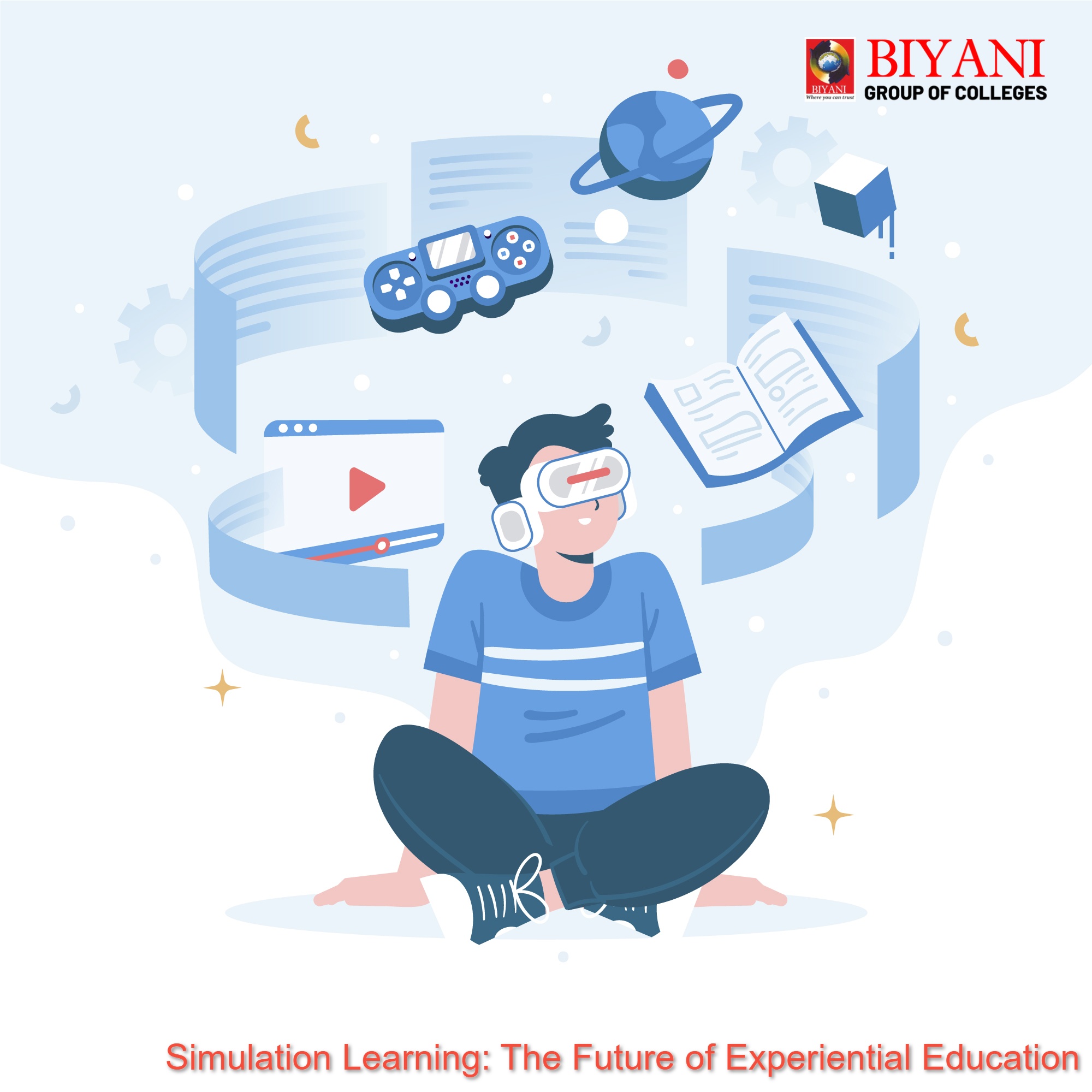Introduction
Simulation learning is an activity-based learning methodology wherein real-life scenarios are simulated for training, evaluation, and skill development. This is a safe and controlled environment in which to practice critical tasks and decision-making. Simulation-based education has indeed undergone significant development with the advancement of technology over time. Computer simulations, virtual reality methods, and augmented reality methods today provide real-to-life exposure that is quite similar to field conditions. These methods enhance critical thinking, teamwork, and hands-on competence, leading to improvement in learning outcomes and performance.Key Benefits of Simulation Learning
Simulation-based training fuses realism with technology to create an effective and engaging learning experience. It also offers a more economical and safer alternative than traditional approaches.Major advantages include:
- Realistic Learning Experience: Simulations reflect real-world work environments where learners experience real-life situations. This immediacy of relevance to job performance increases engagement and helps bridge the gap between theory and practice.
- Integration of Modern Technology: VR, AR, and advanced computer models make learning highly interactive. They deliver an element of realism and immersion that simply isn’t possible with traditional classroom approaches.
- Instant Feedback: Learners get immediate, actionable feedback that allows them to reflect and correct mistakes in real-time. This continuous feedback loop significantly enhances learning efficiency.
- Improved Retention and Application of Skills: Whereas lectures are a passive way of learning, active participation in simulated tasks fosters deeper understanding and long-term retention of knowledge.
- Risk-Free Learning Environment: In high-risk professions, such as healthcare, aviation, and defense, simulation offers a safe space to practice complex procedures without risking lives or equipment.
- Measurable Learning Outcomes: Performance data from simulations should be analyzed to gauge the progress of learners, identify gaps, and tailor future training. This approach uses evidence and encourages continuous improvement.
- Cost-Effectiveness: While these systems may initially be very expensive to set up, simulation training reduces costs related to travel, time, and errors. It hastens competency development; therefore, it is cost-effective in the long term.
Types of Simulation Learning
Different simulation methods are targeted at different learning goals, task complexities, and technological capabilities. Most comprehensive training programs combine multiple types for maximum impact on learning. Some of these include:- Live Simulations: Training through interactive, real-time exercises that simulate actual workplace conditions, requiring learners to make immediate decisions and manage evolving situations. Frequently utilized in disaster response, defense, and management training.
- Computer-Based Simulations: Learners engage with digital environments ranging from simple software models to detailed 3D systems. Commonly applied in healthcare, manufacturing, and aviation sectors.
- Virtual Reality Simulations: VR technology uses headsets to immerse learners into an entirely digital environment. Most of the applications are found in health (such as training surgical procedures) and aviation, where they practice procedures that bear some level of risk.
- AR Simulations: It overlays digital elements onto the physical world to help learners visualize data in real time. It is especially helpful for technical tasks related to maintenance and repairs.
- Scenario-Based Simulations: Participants move through structured scenarios that require decision-making and problem-solving, ideal for leadership, crisis management, and clinical reasoning training.
- Role-Playing Simulations: Learners play out the roles to develop interpersonal and communication skills. Very common in nursing, customer service, and negotiation training.

Addressing Implementation Challenges
Simulated learning has numerous factors that make it highly complex to be introduced, including high technological costs, resistance to change, and facilitator skills. Lack of appropriate technical capability and resources might also be barriers to implementation. Specific strategies to ensure success include phased rollouts, effective benefits communication, and adequate technical and faculty support. Other strategies that help in smoother integration into traditional curricula include the standardization of simulation design, linking assessments to stated learning objectives, and focusing on the long-term educational benefits.
Blog By:
Ms. Priya Chauhan
Nursing Tutor,
Department of Nursing
Biyani Institute of Science and Management(B.Sc.Nursing)

